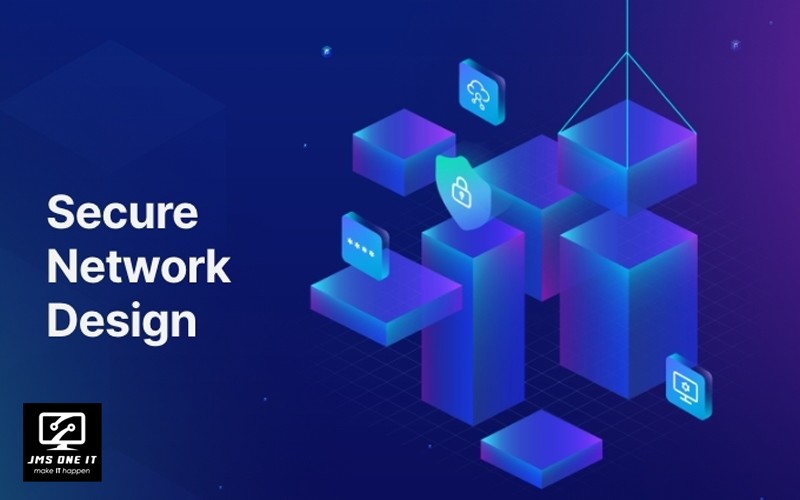Security and network design is a critical aspect of any organization's IT infrastructure, ensuring that your systems and data are protected and that your network operates reliably and efficiently. It's about proactively planning and implementing security measures and network architecture to mitigate risks and achieve your business objectives.
Here's a breakdown of key elements within our security and network design:
1. Security Design Principles:
Defense in Depth: Implementing multiple layers of security controls to create a robust defense against attacks.
Least Privilege: Granting users only the minimum access necessary to perform their job duties.
Separation of Duties: Dividing tasks among different individuals to prevent any single person from having too much power or control.
Data Loss Prevention (DLP): Implementing measures to prevent sensitive data from leaving the organization's control.
2. Network Architecture:
Network Segmentation: Dividing the network into smaller, isolated segments to limit the impact of security breaches.
Virtual Private Networks (VPNs): Creating secure connections over public networks, allowing remote users to access company resources safely.
Wireless Network Security: Implementing strong authentication and encryption protocols for wireless networks to prevent unauthorized access.
Network Monitoring and Analysis: Using tools to monitor network traffic, identify anomalies, and detect potential threats.
3. Security Controls:
Firewalls: Acting as a barrier between your network and the outside world, blocking unauthorized access.
Intrusion Detection and Prevention Systems (IDS/IPS): Monitoring network traffic for suspicious activity and taking action to block or alert about potential threats.
Antivirus and Anti-Malware Software: Protecting your systems from viruses, malware, and other threats.
Data Encryption: Protecting sensitive data by converting it into an unreadable format, making it inaccessible to unauthorized individuals.
4. Identity and Access Management (IAM):
Authentication: Verifying the identity of users before granting them access to resources.
Authorization: Controlling what resources users can access based on their role and permissions.
Single Sign-On (SSO): Allowing users to log in once and access multiple applications without having to re-enter their credentials.
5. Security Awareness and Training:
User Education: Training employees on security best practices, such as strong password creation, phishing prevention, and secure browsing habits.
Security Awareness Campaigns: Raising awareness about security threats and encouraging employees to report suspicious activity.
6. Compliance and Regulatory Requirements:
Data Privacy Regulations: Meeting compliance requirements for data privacy laws, such as GDPR, HIPAA, and CCPA.
Industry Standards: Adhering to relevant industry standards, such as PCI DSS for payment card data security.
Key Benefits of Secure and Well-Designed Networks:
Protection Against Cyberattacks: Mitigating risks of data breaches, ransomware attacks, and other cyber threats.
Data Integrity and Confidentiality: Ensuring the accuracy, completeness, and confidentiality of sensitive data.
Business Continuity and Disaster Recovery: Enabling the organization to continue operations in the event of a disruption or disaster.
Compliance and Regulatory Adherence: Meeting legal and regulatory requirements for data protection and security.
Improved User Experience: Providing secure and reliable network access for employees and customers.
By investing in robust security and network design, organizations can establish a strong foundation for their IT infrastructure, protect their assets, and ensure business continuity.
Information Security Risk Assessment

